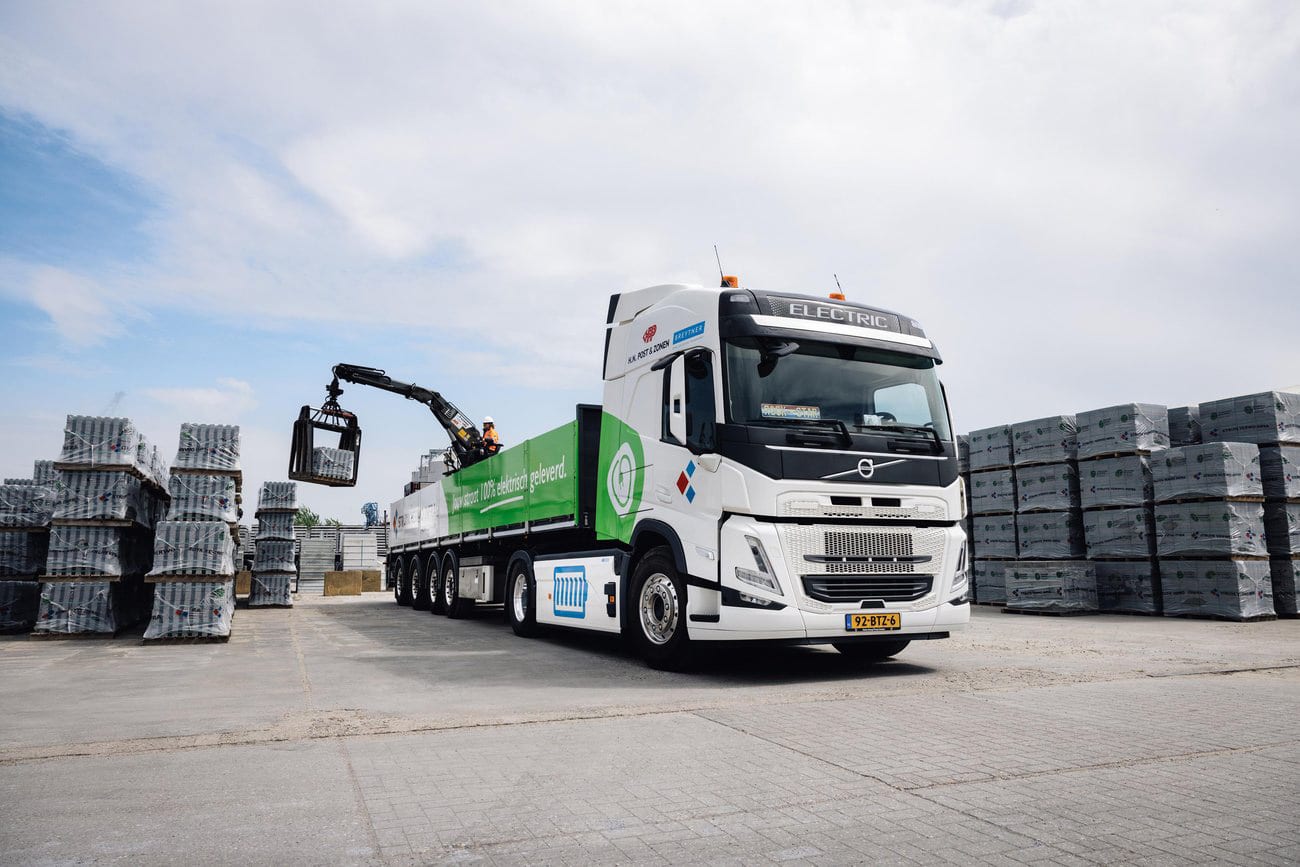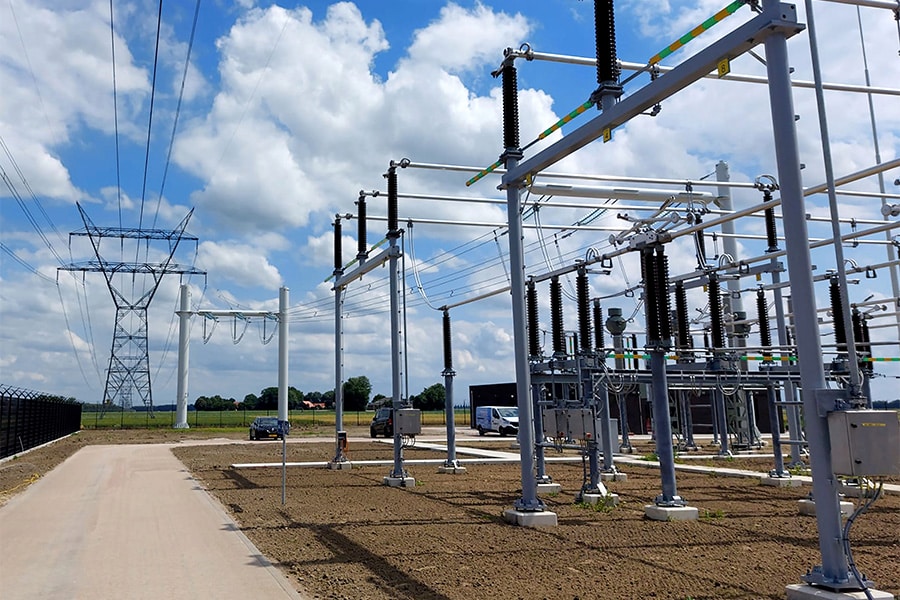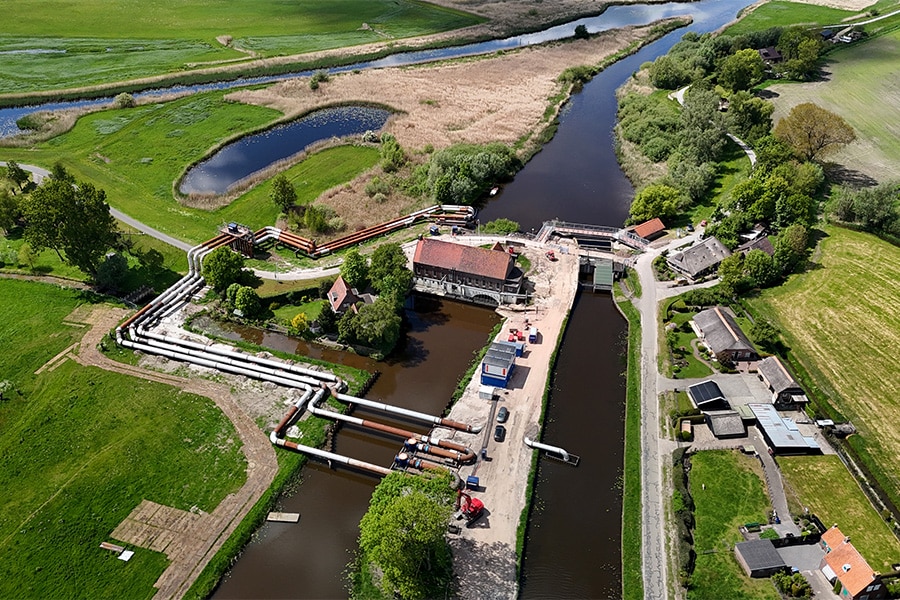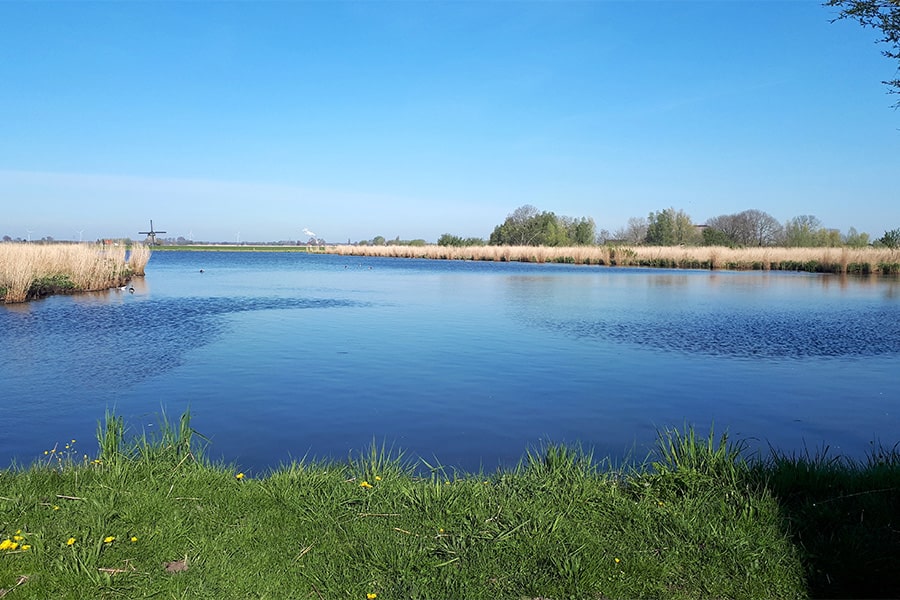
Increased rail freight capacity by 2030 and sustainable too!
Our rail network is congested and currently insufficiently competitive as an alternative to road and water. This affects the freight transport sector in particular. As a result, companies are diverting to regular road transport, which is more hazardous and does not contribute to a more sustainable world.
To improve its competitive position and create more sustainability, the rail freight industry (and ProRail as well) has an ambitious goal in mind: to transport up to 45 percent more freight by rail by 2030. ProRail means business, according to a conversation we had the privilege of having with John Voppen, Director of Operations at ProRail.
Freight transport and passenger transport are not comparable
"It's the eternal split we're in. Freight and passenger transport have in common that they use the same track, but that's where any comparison ends," Voppen opens the conversation. "With passenger transport, we think in averages. You can schedule passenger trains a year in advance. Freight transport, on the other hand, is very dynamic, trips are sometimes scheduled a day in advance. Both markets are growing, however, it is now up to us the rewarding but very challenging task to provide more capacity. And that is what we are going to do."
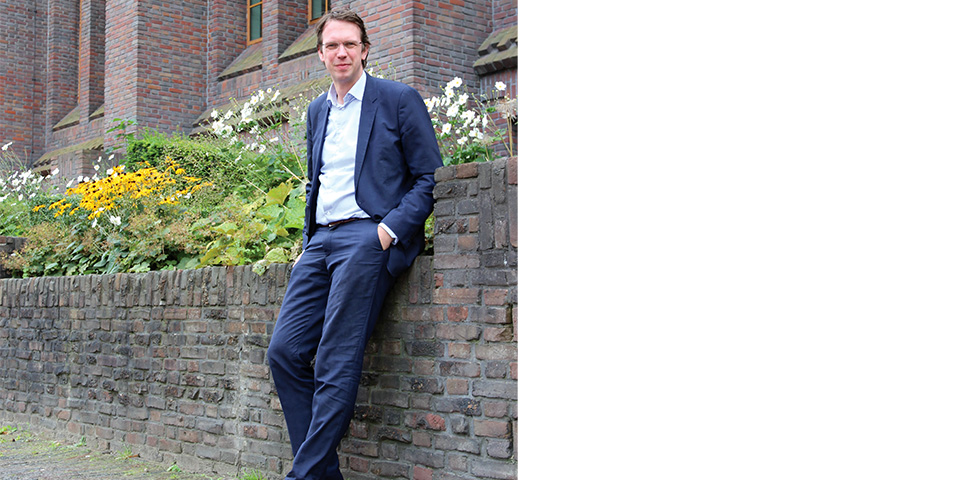
John Voppen, director of operations at ProRail. (Image: ProRail - Maarten Kleingeld)
Far-reaching digitization unlocks a world of new possibilities
Voppen is very determined to make ProRail's plans a success. "There are a number of things of enormous importance to achieve this increase in capacity. On the one hand, we will have to switch to fully digital working and, on the other hand, we rely on cooperation within the entire transport sector that uses rail. Fortunately, we are not alone and parties such as, for example, the Port of Rotterdam and Amsterdam are driving forces behind the development of the plans. They stand for the enormous importance of the BV Nederland that accompanies our plans. We will have to have a different mindset, we will have to know what the shippers have on their wish list and be able to indicate exactly what product we will deliver to them. We will continue to improve our service to freight forwarders. For example, by starting to enable longer trains (740 meters)."
It is no easy task. The magic word to implement the plans is CAPACITY. In the longer term, ERTMS, or European Rail Traffic Management System, is going to provide more options in terms of capacity. "The current system of protection, ATB (automatic train control) works well, but is outdated and is at its maximum capacity. In the coming decades, we are going to replace ATB with EMRTS, the international standard for train protection. So we are moving from copper line to the Cloud. In the short and medium term, in addition to enough infrastructure and availability, digitization, seamless cooperation in the sector and a mindset change to freight are essential, to achieve the targeted growth. We will link port logistics to train logistics, by connecting the systems. Laws and regulations will have to go along with the new thinking. We are already physically across the border, to receive trains and route them to the Netherlands. In particular, we will have to work on better and more tracks, bridges, etc., better utilization of the Betuweroute by, among other things, a good connection between the Betuweroute and the northern border crossings. The quality of our critical infrastructure for goods, such as the port railroad in Rotterdam, will be greatly increased in the coming years."
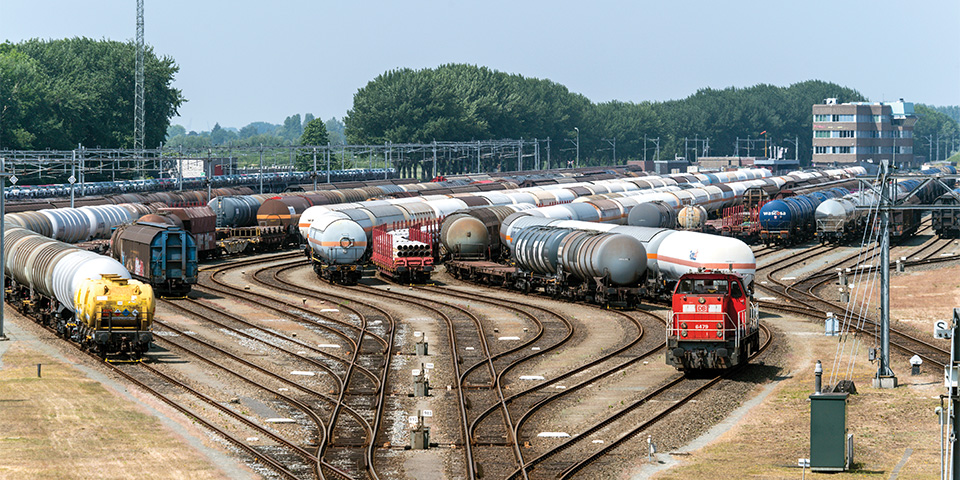
Emplacement Kijfhoek, seen from viaduct Munnikensteeg.
Reaching out
Support is broad, both nationally and internationally. "The benefits speak for themselves. By working like this, the competitiveness of rail freight transport will go up, the price per container will go down. Because the big growth in the coming years will come from containers. Thus, rail freight is an excellent modality that can take over volume from road and water. Despite the fact that ProRail is a real 'cart puller', we still put our own house in order. There is much to improve and we never close our eyes to that. We will deploy extra capacity in the coming years to realize that improvement," Voppen concludes.
